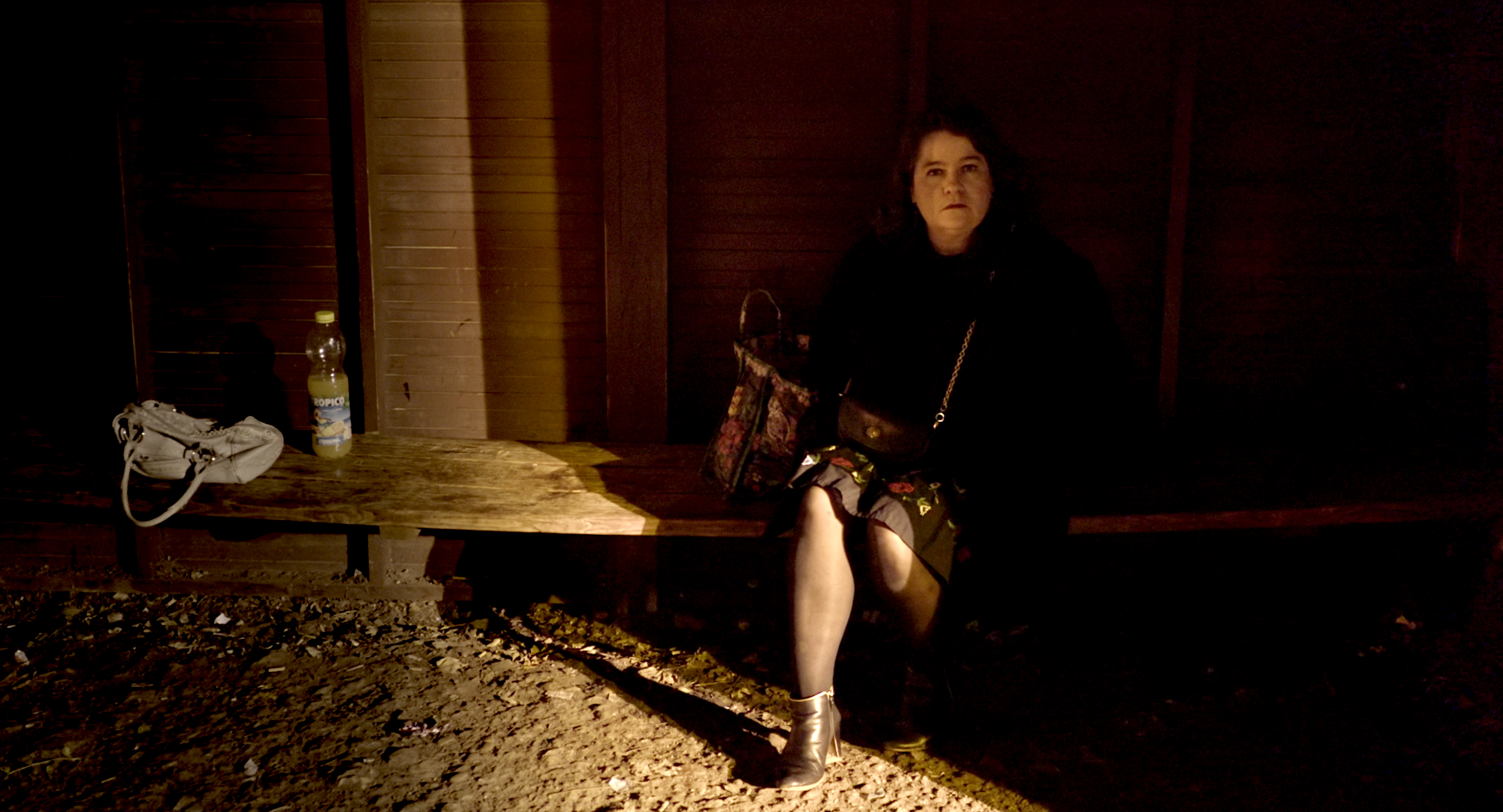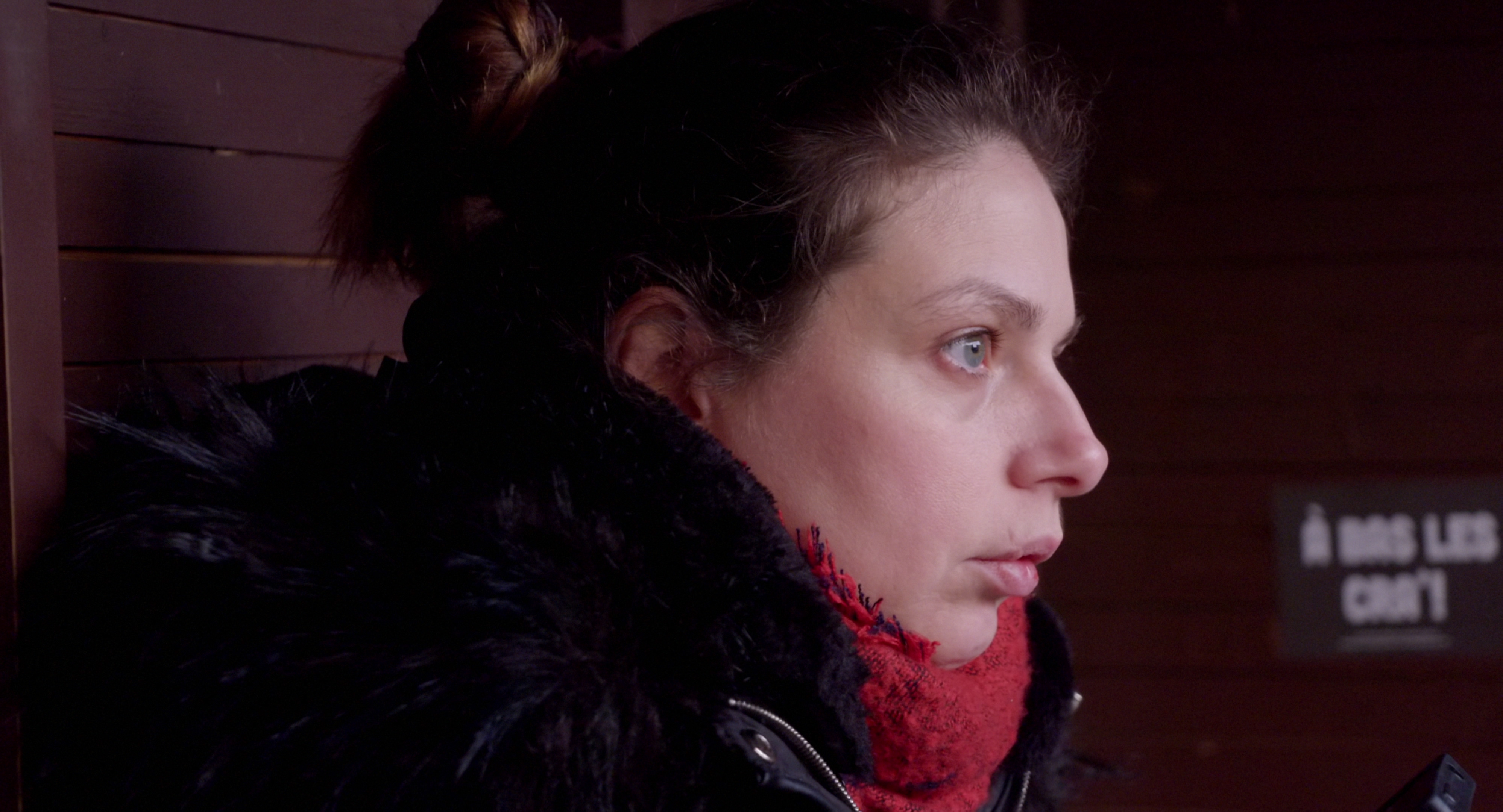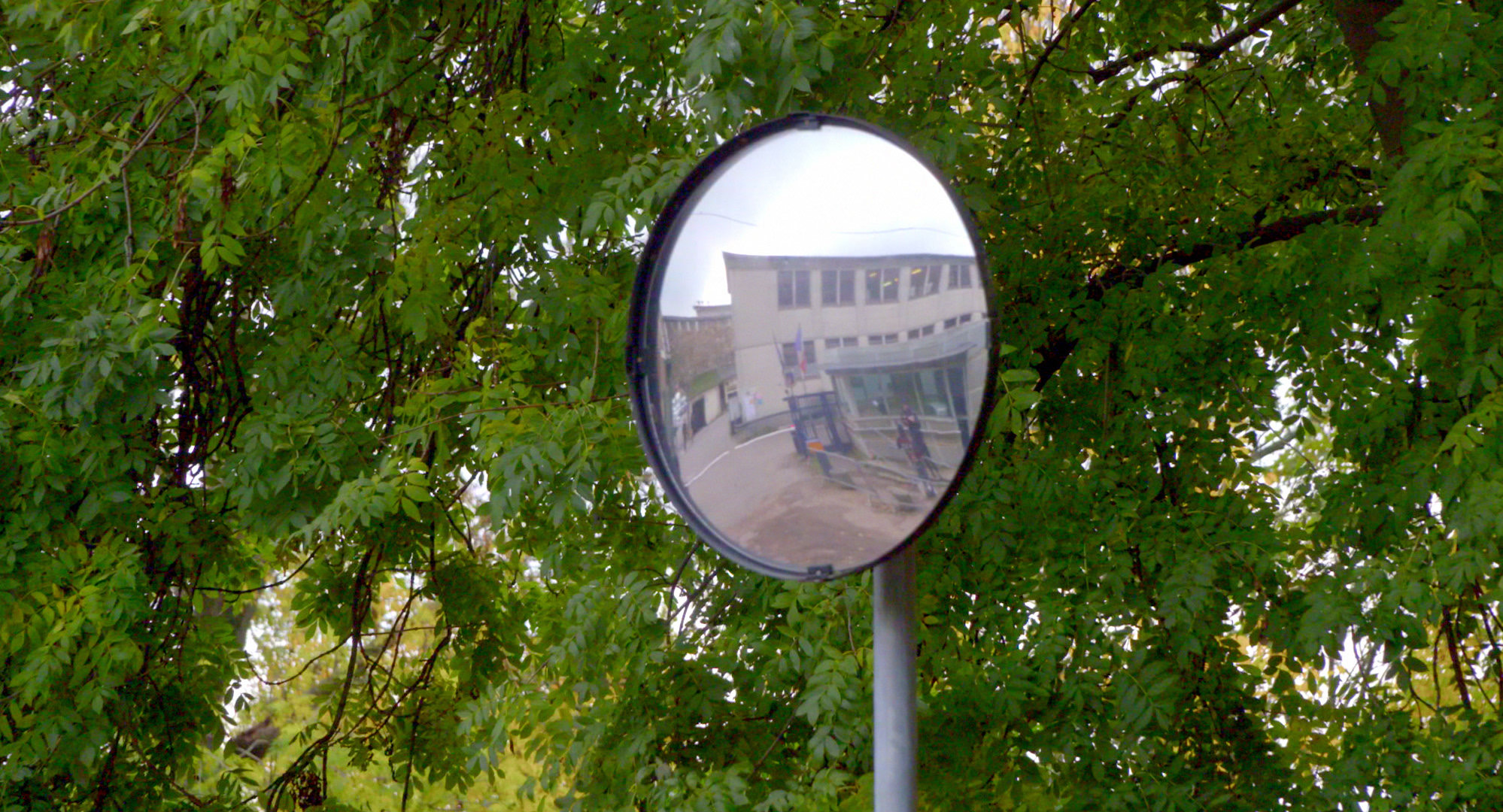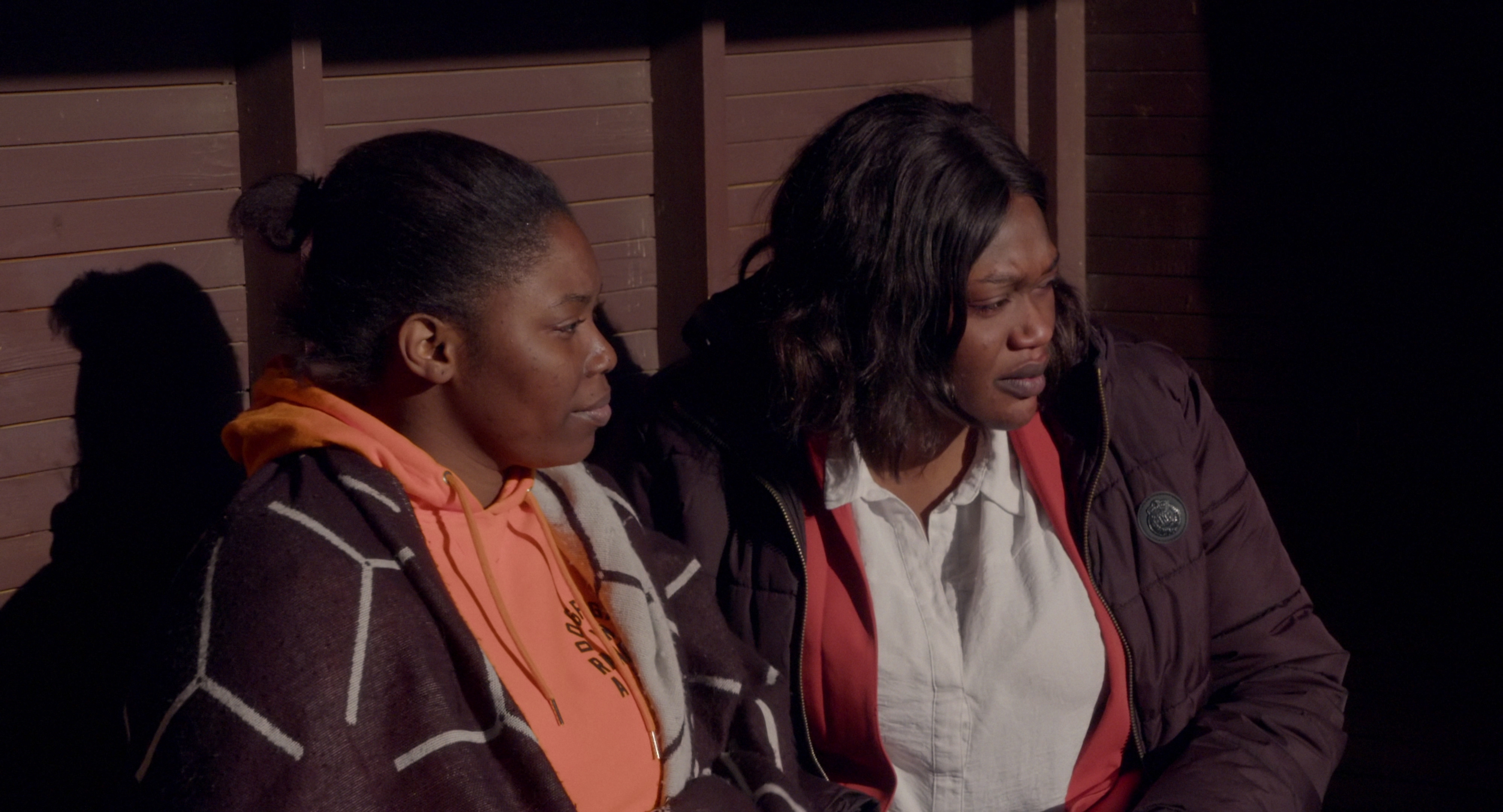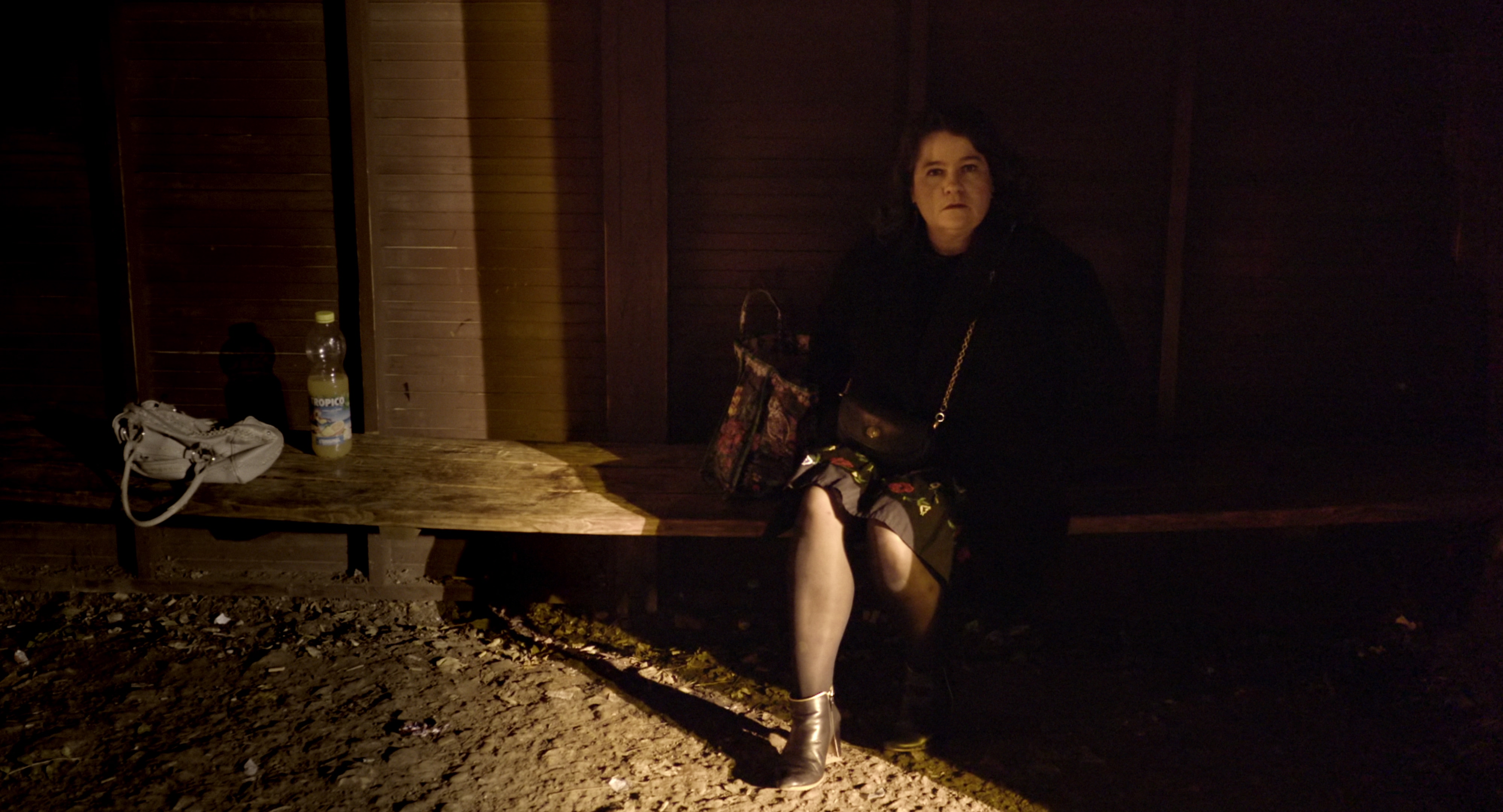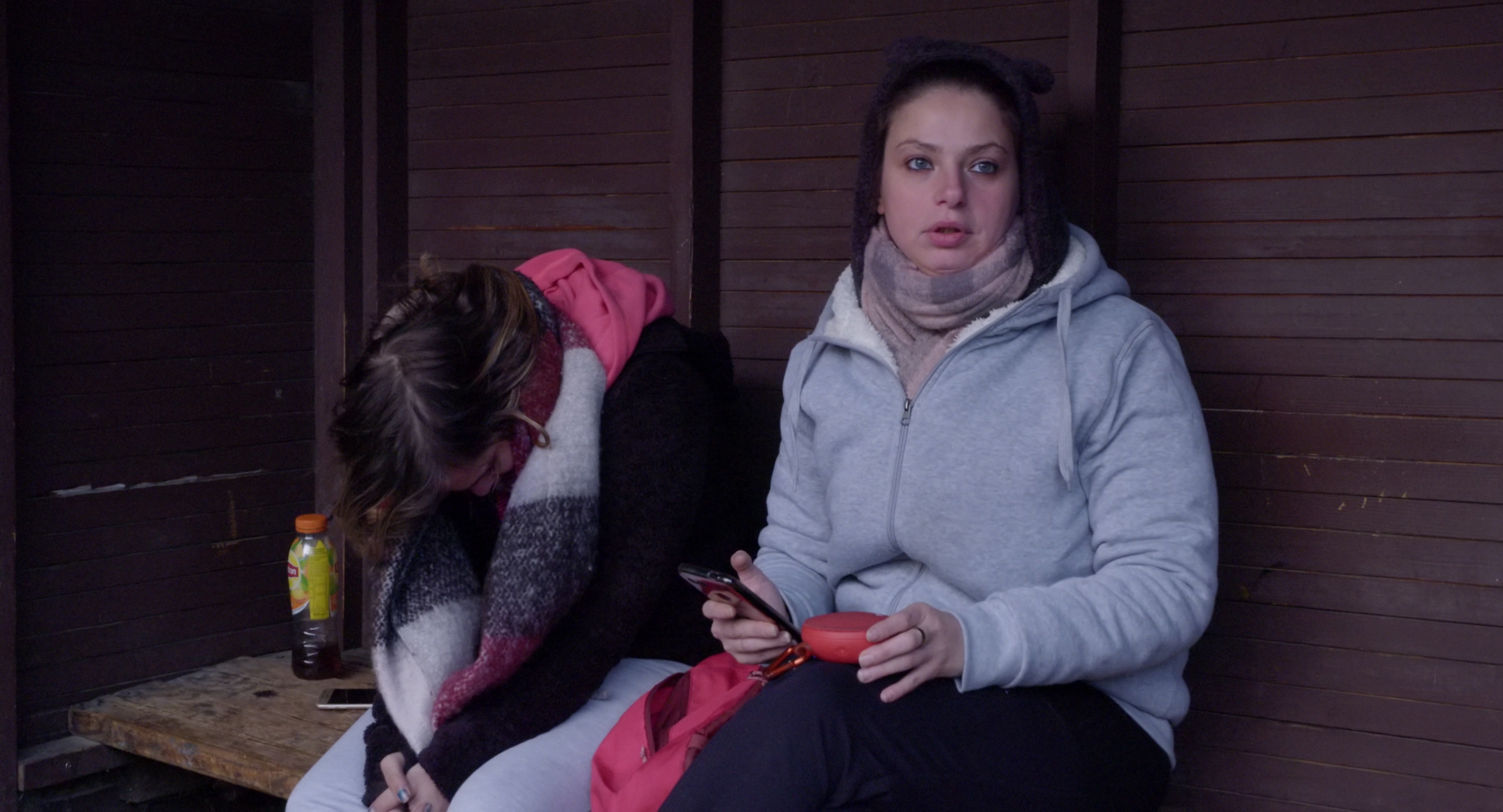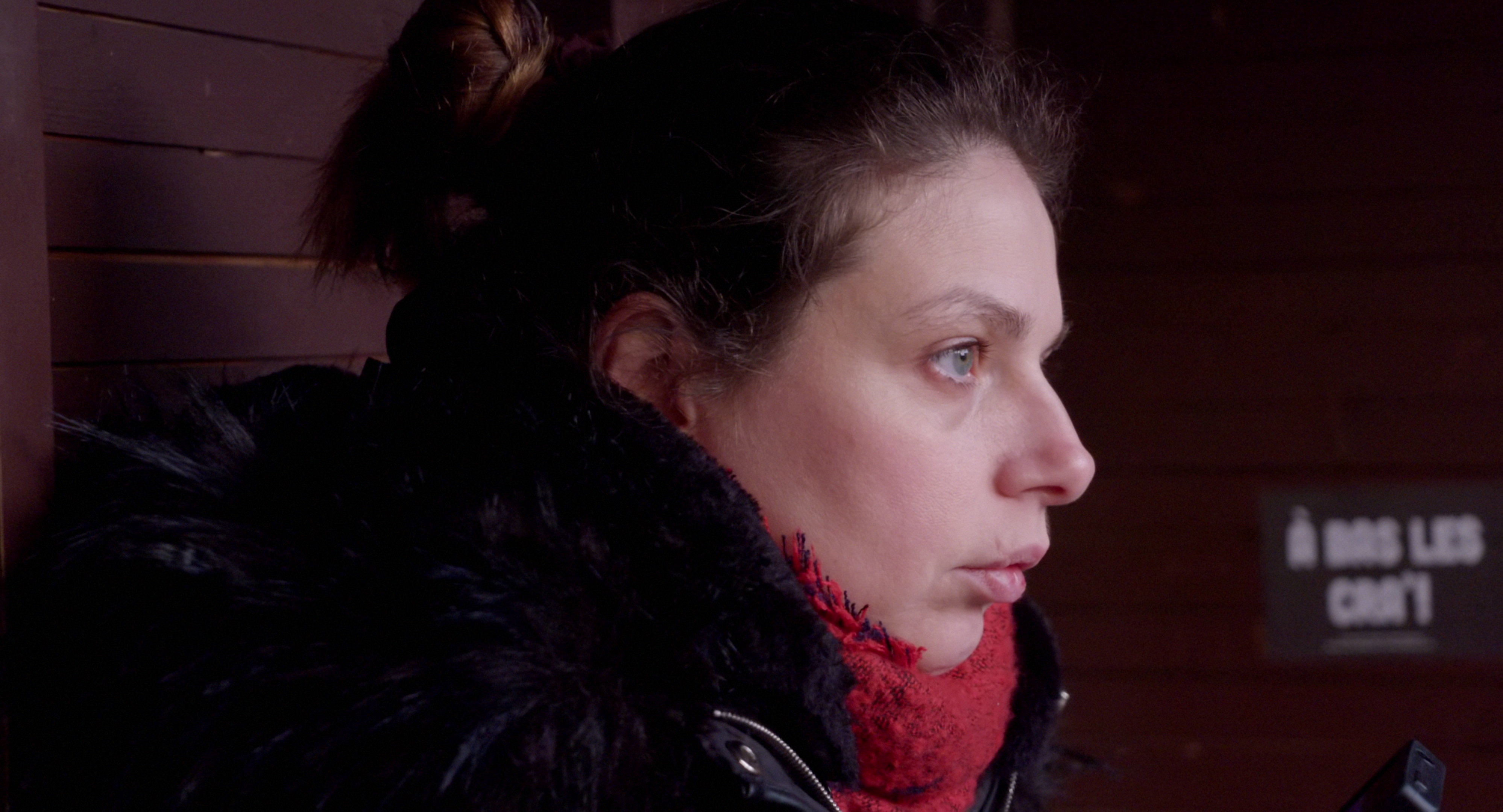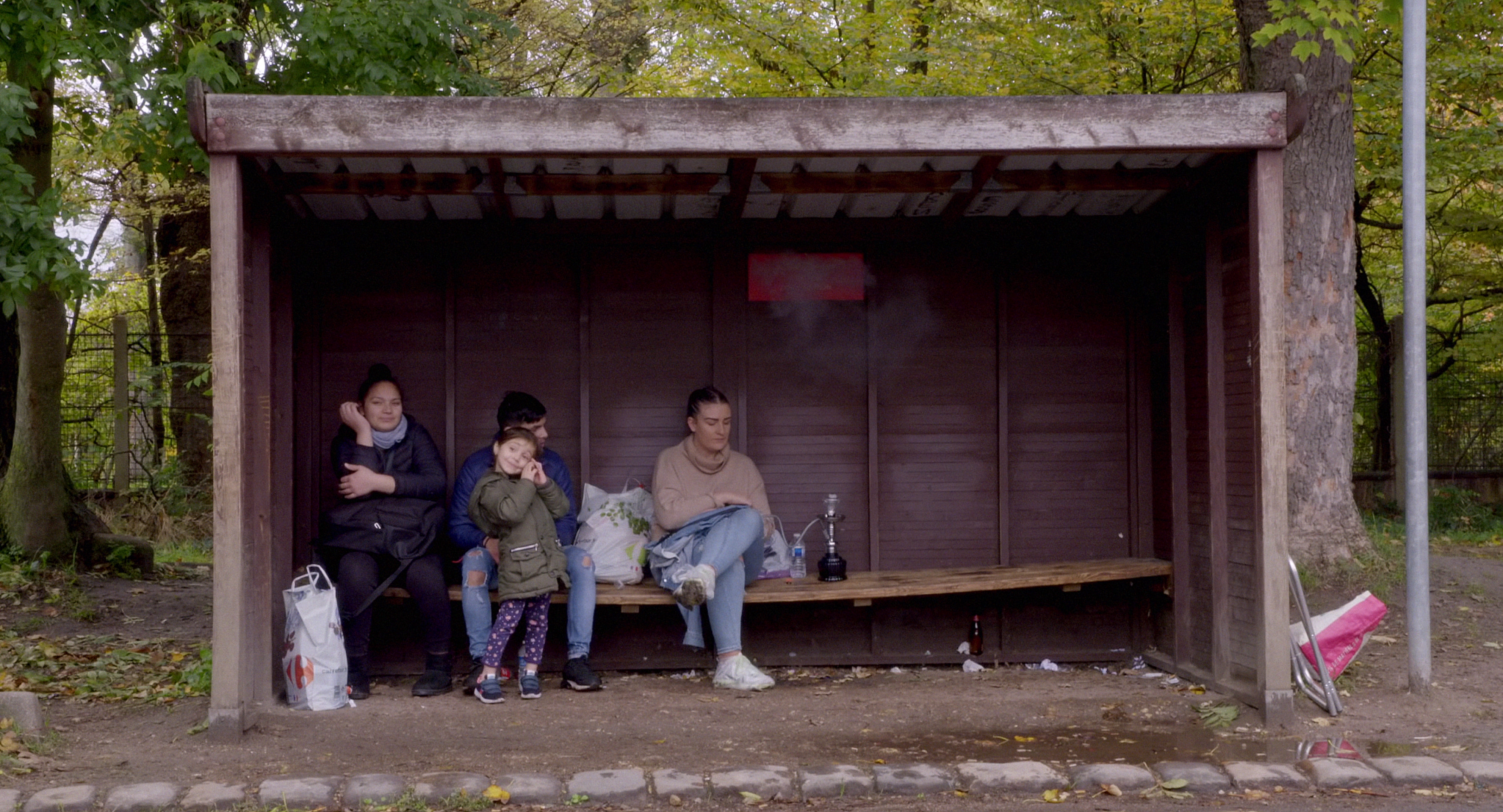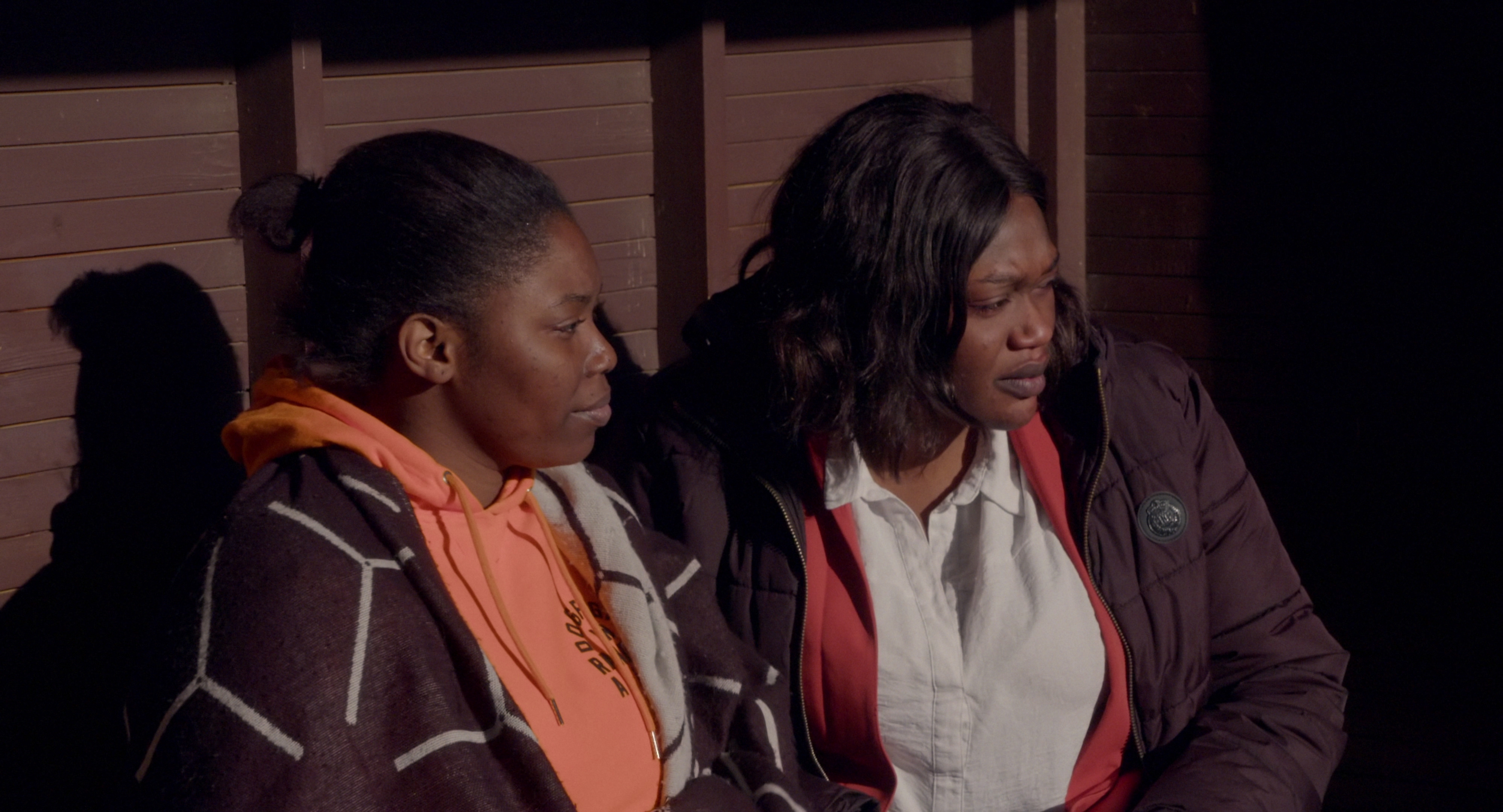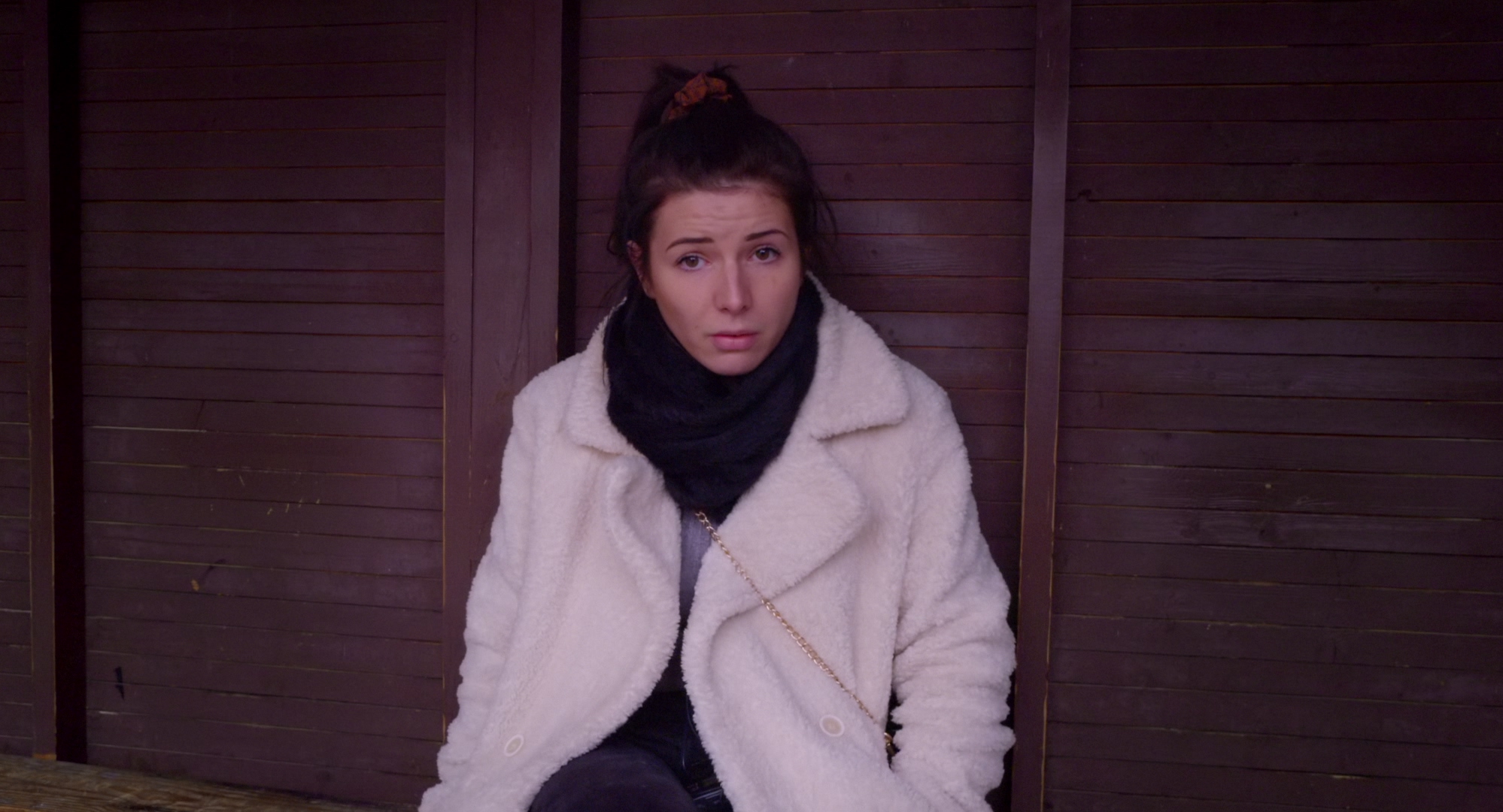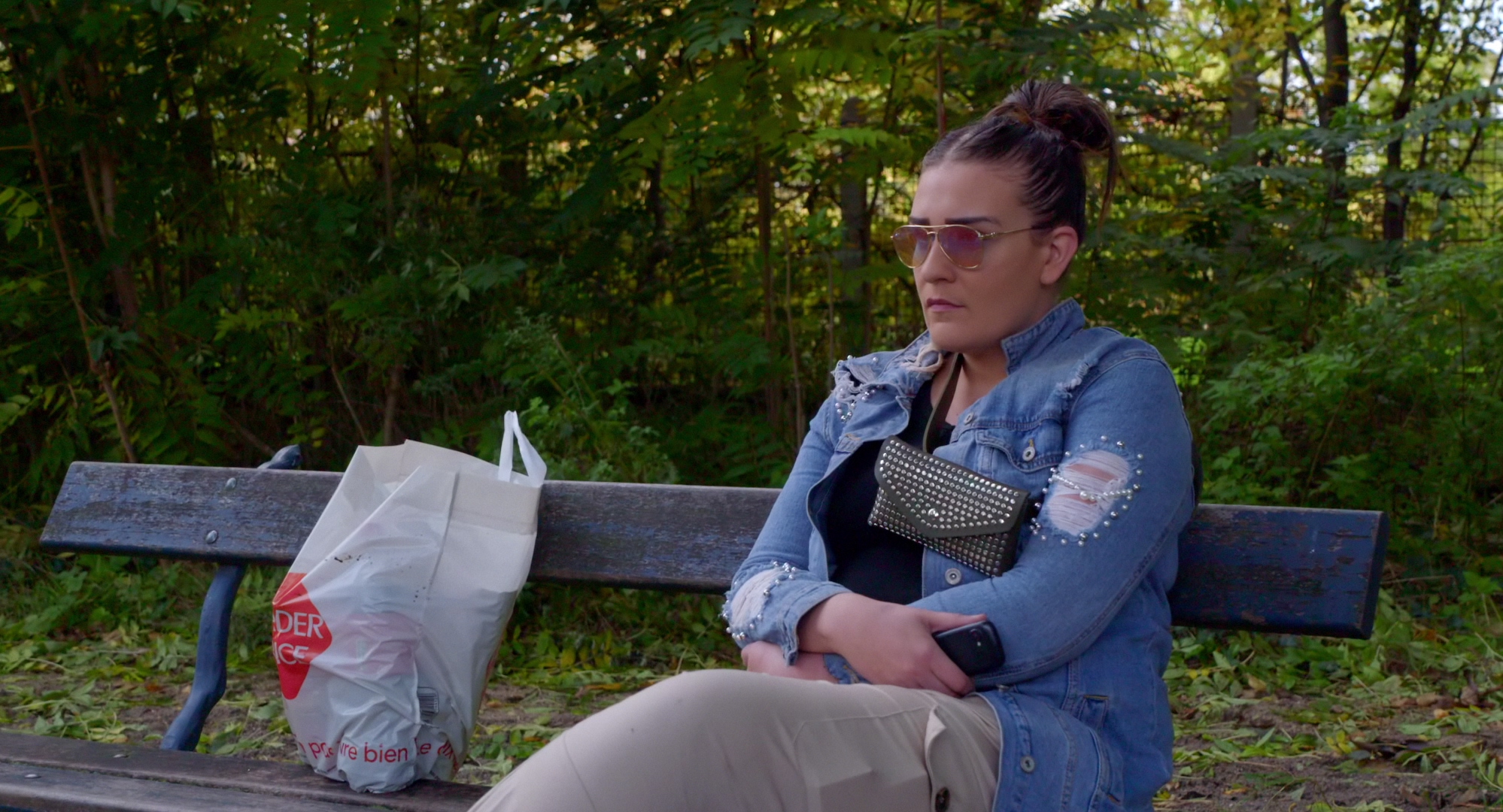INTENTIONS
Some injustices are more intolerable than others. The injustice suffered by the so-called “sans papiers” (un-IDcard) in France has been a source of concern to me ever since I arrived in Paris. In 1996, a group of undocumented immigrants occupied the church of Saint Bernard, close to my home. The episode, which received a great deal of media coverage, shone a spotlight on the reality of these immigrant men and women who are refused residence permits by the authorities, even though they work, have children born on French soil, and participate in social and economic life. Since then, the word has become part of everyday language, sticking to the skin of human beings and depriving them of their humanity. As if it were possible to be “undocumented” by definition. This makes the task of dehumanization easier for the administration and the policies that discriminate against foreigners. Here we are, almost 30 years later. Things have got horribly worse. What seemed totally inconceivable at the time has become perfectly legal, like the offence of solidarity. Like locking people up for months on end for committing no crime.
One day, I heard on the radio that undocumented migrants had set fire to the Vincennes detention center. This was in 2008. Once again, it was close to home. I read the accounts of the detainees. I decided to report on what was happening in these invisible places, and my desire to make a film about it was born. I got closer to the committed citizens who had set up the Observatoire du center de rétention de Vincennes. I visited the detainees to report on their journeys and what was happening in the detention centers.
As I didn’t have permission to film in the detention center, I looked for a way to make this film. It was during the many hours I spent waiting, chatting with other visitors, that the filmic device became clear. Welcoming visitors. I can film that. Even if the policemen on duty make sure that the camera is never turned towards the detention center. What at first seemed like a constraint became the film’s strength: by observing the detention center in close-up, I was able to encompass the place of confinement and all those caught up in its field of gravity: the visitors to the detainees, and beyond that, French society as a whole. The visitor reception area is a frontier between inside and outside. It’s here that the same theater of the absurd is played out every day: that of the confinement of foreigners who have committed neither crime nor misdemeanor, but who have “no papers”.
In this place, our characters evolve behind closed doors, in a dynamic of waiting that evokes Samuel Beckett’s play “Waiting for Godot”. They are our windows on the forbidden interior, the embodiment of the invisible exterior, the transmitters of the experience of a confinement that is also theirs, as it is part of their intimate history. They reveal how our society assigns the foreigner the role of undesirable. How France is not the country of Human Rights it claims to embody.
Behind these stories of detention, the film depicts a French reality we don’t want to see. It questions an institutionalized system of criminalizing foreigners, a system that has become tougher with each passing immigration law. An absurd system, as inefficient and costly as it is inhumane and indefensible. The invisibility of detention in society, the trivialization of the figure of the “undocumented” are all symptoms of a dangerous ideological shift, of a pernicious political vision of our future that erases the meaning of the words “hospitality” and “humanity”. Hardly a meeting goes by with visitors to the Vincennes detention center without someone asking me, “Where is France, the country of human rights?” I still don’t have the answer.
THE FILM
In this unique location, characters move in and out of the frame. Right from the start of the film, a link is forged between field and counter-field, perceptible in the physical tension of the waiting bodies. Through image and sound, the cinematography strives to make visible the off-field with which the whole mechanics of the field is articulated, and with which the actors are constantly interacting: questions and answers between visitors and police officers, entrances to the holding center, exits from the holding center.
My approach to this singular place is not that of a simple observer. I interview the actors in the scene, who become the links between inside and outside, between field and counter-field. Through our presence and our filming, through the gaze we cast and the questions we raise, things happen that would not have happened otherwise. Like a sudden mise en abyme from individual to collective history, visitors are no longer locked into their own story, but their own story becomes part of another, universal story.
